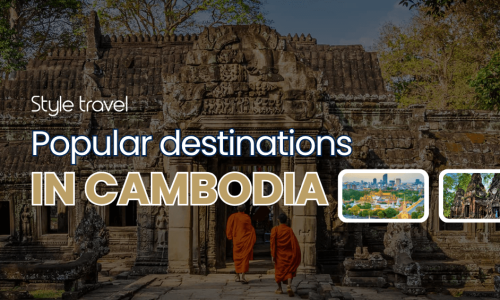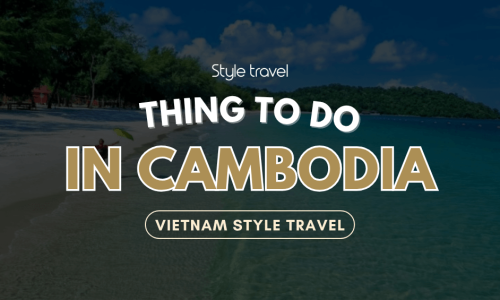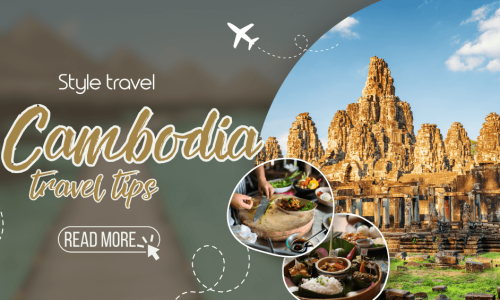Cambodia travel tips
Planning a trip to Cambodia? From exploring ancient temples to experiencing vibrant local culture, this captivating country has so much to offer. To help you make the most of your journey, we’ve gathered essential travel tips – from visa requirements to cultural etiquette – so you can explore Cambodia with confidence and ease.
1. When is the best time to visit Cambodia?
The ideal time for a tour in Cambodia is from November to April, when rainfall is rare. This period is perfect for exploring the Angkor complex in Siem Reap, delving into Cambodia’s history in Phnom Penh, and enjoying the serene countryside in places like Battambang and Kratie. It’s also an excellent time to visit beach destinations such as Koh Rong Island and Sihanoukville, as the weather remains dry and storm-free. Outside of this window, from May to October, humidity increases, and rains become more frequent. However, this season offers lush green landscapes and a peaceful atmosphere at the temples, as they are often less crowded.
2. Cambodia Visa
Before traveling to Cambodia, it’s essential to understand the visa requirements to ensure a hassle-free entry. Depending on your nationality, you may be eligible for visa-free entry, visa on arrival, or an e-visa.
Visa Exemption
Citizens of certain countries can enter Cambodia for tourism without a visa. Travelers from Thailand, Vietnam, Malaysia, Myanmar, Singapore, the Philippines, Brunei, Laos, and Timor-Leste are eligible for visa-free entry.
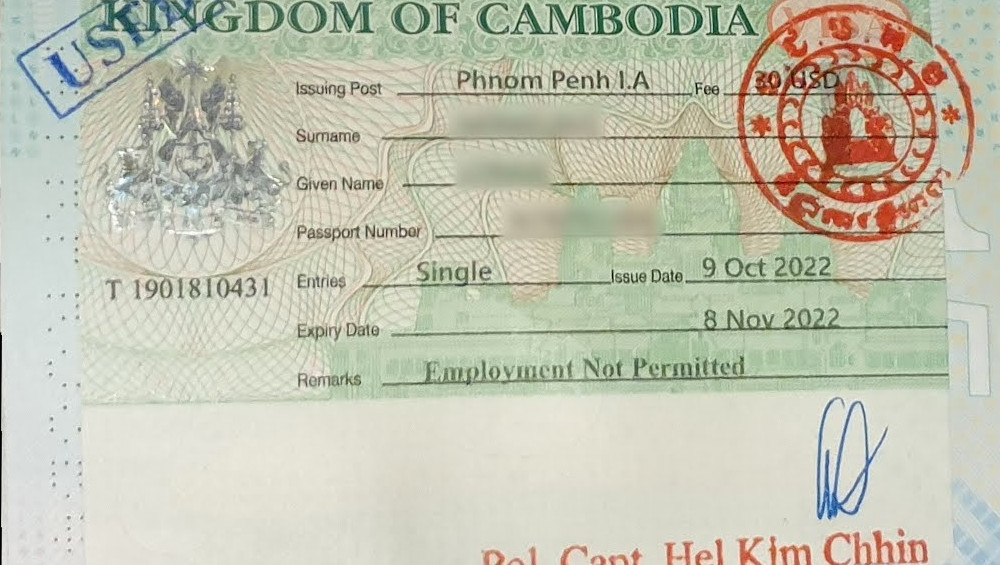
In Cambodia, travelers can obtain a visa upon arrival at airports or land border checkpoints. This applies to those arriving by air in Phnom Penh or Siem Reap, the province home to Angkor Wat, as well as at land crossings such as Poipet, Chau Doc, and Moc Bai. Visitors need to bring a passport-sized photo and a valid passport. The application form is provided by Immigration officials upon arrival. The visa fee is approximately $30 for a one-month stay, payable in USD cash.
Additionally, you can apply for a Cambodia E-Visa before your trip through the following link:
https://www.evisa.gov.kh/
Based on our experience, it’s best to obtain a Cambodia E-Visa before your trip rather than relying on a Visa on Arrival. The E-Visa application process is straightforward and quick. Plus, having your E-Visa ready allows for a smoother entry upon arrival, saving you time by avoiding long waits at the airport for a VOA.
When applying for or after receiving your E-Visa, take a moment to carefully review all details to ensure they match your passport and international flight information. This includes your full name, date of birth, gender, passport number, passport expiration date, entry period, and the airport or land port where you will enter Cambodia.
3.Do’s and Don’ts in Cambodia
When visiting Cambodia, being mindful of local customs and etiquette will help you have a respectful and enjoyable experience.
A little Khmer goes a long way
Here are a few simple phrases you can use daily:
- Hello → Sou Sdey
- Thank you → Ah Kun
- Sorry → Sohm Tou
- Goodbye → Lea Hai
- Yes → Baat (for men) / Chaa (for women)
- No → Te
Photography Etiquette
Always ask for permission before taking photos, especially of people and monks. Avoid photographing sensitive locations like military sites, transport hubs, or government buildings.
Clothes
Proper attire is required when visiting temples. Wear pants or skirts that cover the knees and a modest t-shirt. Avoid deep necklines and clothing with religious prints.
Getting Around by Tuk-Tuk
Tuk-tuks are an affordable and convenient way to travel, but always agree on the fare beforehand. Alternatively, renting a motorbike offers more freedom to explore the countryside. Just be mindful of traffic conditions and always wear a quality helmet.
Avoid Homemade or Unlabeled Alcohol
It could contain dangerous substances like methanol. If you experience fatigue, headaches, nausea, or vision issues, seek medical help immediately.
Stick to Bottled Water
Tap water in Cambodia is not recommended for drinking due to inadequate infrastructure and chlorine treatment. While locals may use it for bathing and laundry, it’s not entirely safe for consumption. Opt for bottled water from local stores for a safer choice.
Master the Art of Bargaining
Haggling may feel unfamiliar or even impolite to some Westerners, but in Cambodia, it’s a common practice, especially at street markets. Negotiate respectfully, allowing the seller to save face by compromising slightly on the final price. If unsure, you can always return to buy later.
Currency
The US dollar is widely used in Cambodia, so carrying the local currency, Cambodian Riels (KHR), is usually unnecessary except for small street purchases. In some areas, especially in the countryside, you may receive riels as change when paying in USD, but in most cases, USD is sufficient for transactions.
Keep Your Belongings Secure
Always stay mindful of your belongings when walking on the streets. Keep your bag close and hold your smartphone securely, as opportunistic thieves may target unattended items.
Avoid Giving Money or Food to Beggars
Refrain from buying food or items for those asking, especially individuals carrying a baby, as these are often scams with overpriced goods. Giving money to children can encourage begging and discourage them from pursuing education. Instead, consider supporting reputable charities that assist those in need.
4. What Are the Most Popular Local Foods in Cambodia?
Cambodian cuisine is a delightful blend of bold flavors, fresh ingredients, and rich culinary traditions. From fragrant rice dishes to flavorful soups and unique street food, here are some must-try local specialties in Cambodia.
Steamed Fish Amok – A Traditional Cambodian Delight
Fish Amok is a classic Cambodian dish featuring steamed fish cooked with coconut milk and aromatic spices, all wrapped in a banana leaf. It’s infused with flavors of lemongrass, turmeric, garlic, and other fragrant ingredients, creating a rich and creamy taste.
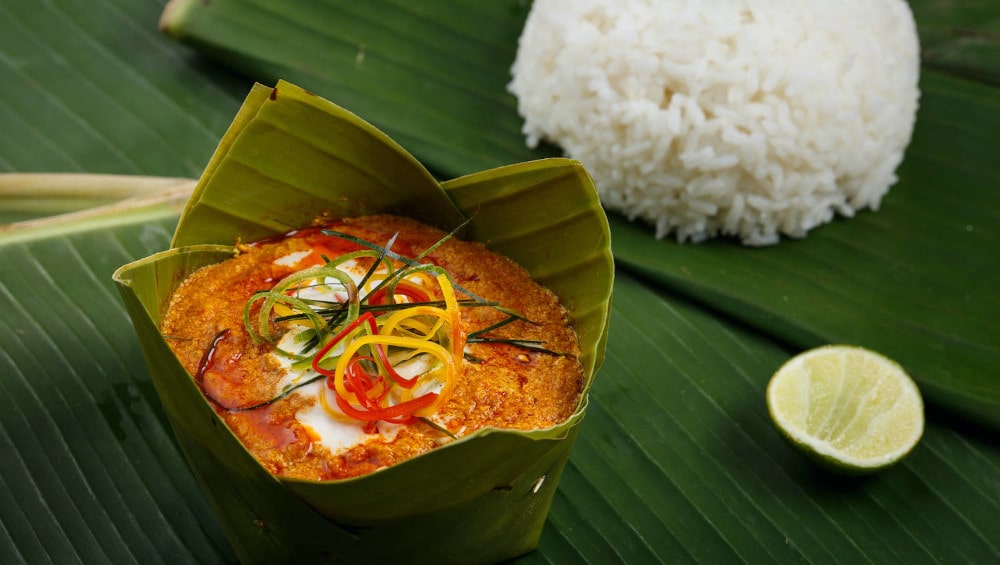
Nom Banh Chok – Cambodia’s Iconic Fish Curry Noodle Soup
Often referred to as the “National Soul” of Cambodia, Nom Banh Chok is a flavorful dish made with rice noodles, fresh herbs, lotus root, cowpea, and shredded papaya. It is topped with a fragrant golden fish curry sauce infused with lemongrass and turmeric, then finished with banana flowers for an authentic taste.

Red Ants Stir-Fried with Beef
Cambodian cuisine is famous for its use of insects, and one of the most distinctive dishes is stir-fried red ants with beef and basil. These ants, measuring around 2–3 cm, are cooked with ginger, lemongrass, garlic, shallots, and thinly sliced beef. The ants release a mild sourness, which enhances the flavor of the tender beef, creating a truly unique culinary experience.
Khmer Red Curry
This rich and flavorful curry is commonly made with chicken, simmered in coconut milk with green beans, potatoes, eggplant, and lemongrass. The dish gets its signature heat and tangy flavor from kroeung chili, creating a perfect balance of spice and aroma.
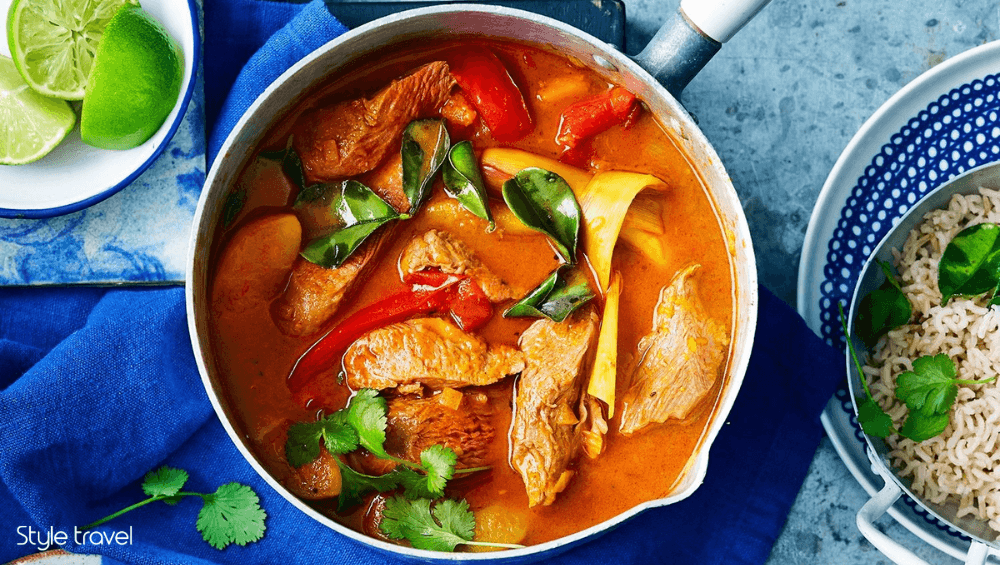
Kdam Chaa – Black Pepper Fried Crab
A must-try Cambodian specialty, this dish features fresh crab stir-fried with fragrant Kampot black pepper. The unique flavor is enhanced when the crab is cooked with fresh pepper branches, creating a rich and aromatic taste.

Pork Rice
Thinly sliced pork is marinated in coconut milk and garlic, then grilled over charcoal to enhance its natural sweetness. Served over warm, fragrant sticky rice, this dish is complemented by cucumber, radish, ginger, and a side of chicken soup with fresh and fried onions.

Armed with these Cambodia travel tips, you’re set to explore this incredible destination with confidence. Whether you’re seeking cultural treasures, breathtaking landscapes, or hidden gems, Style Travel is here to curate the perfect Cambodian tour just for you. Get in touch today and let us help you create an unforgettable adventure!


